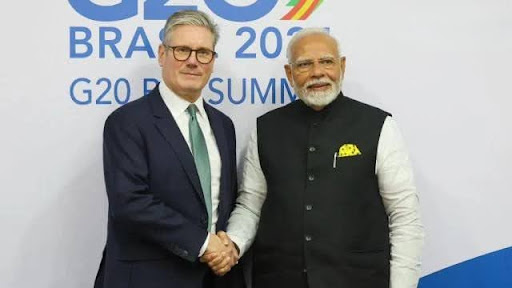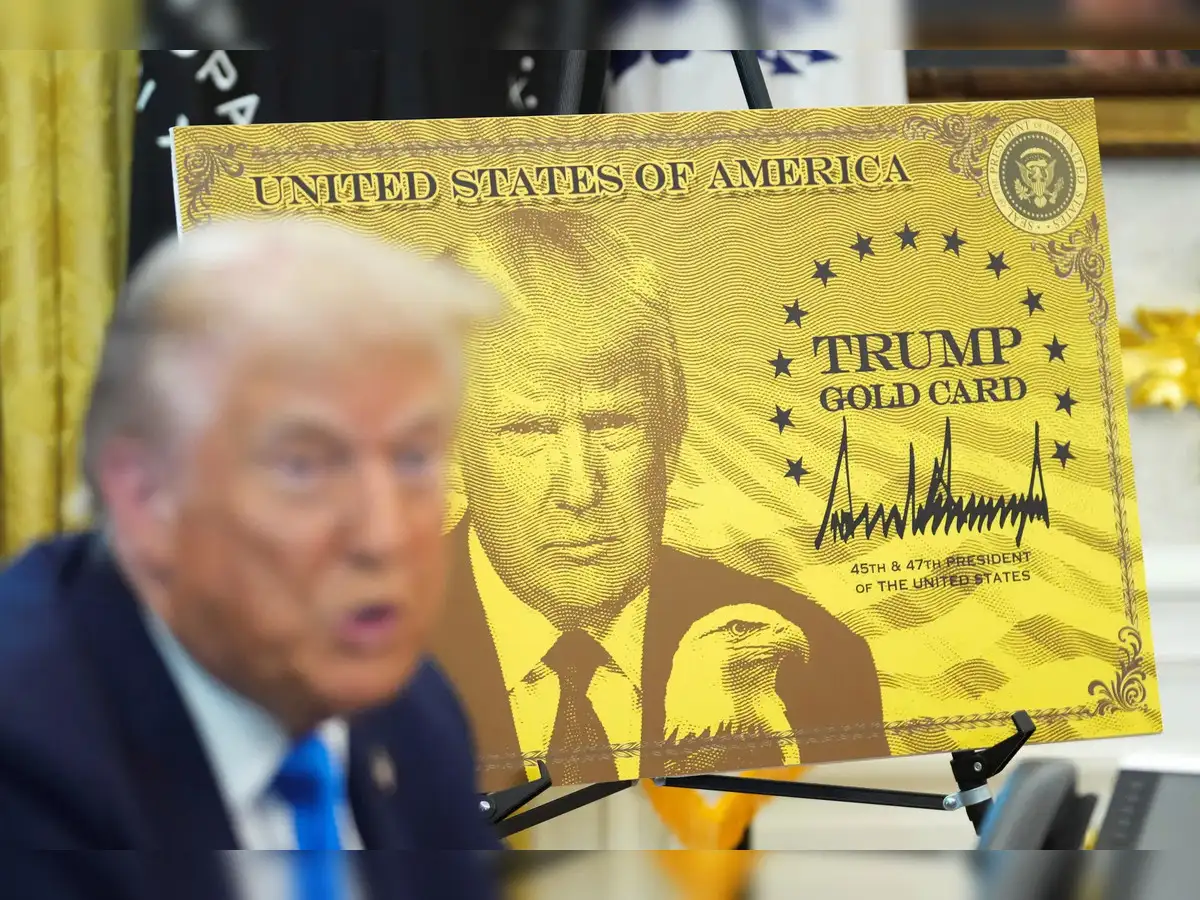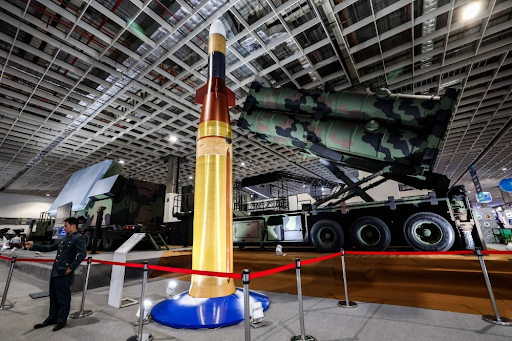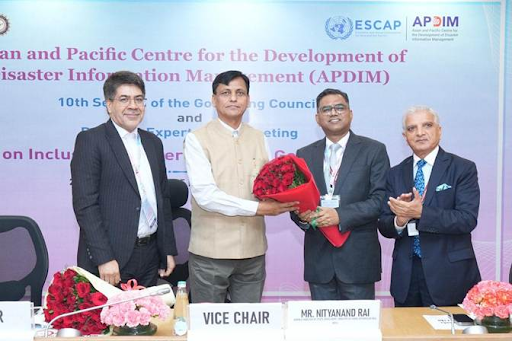



The India-UK Free Trade Agreement enhances economic ties by reducing tariffs, boosting trade in goods and services, and facilitating professional mobility. It benefits India’s services sector and MSMEs, while supporting UK exports and post-Brexit strategy. Strategically, it strengthens the bilateral partnership and positions both nations in a shifting global trade landscape.

Copyright infringement not intended
Picture Courtesy: INDIAN EXPRESS
India and UK signed a Free Trade Agreement after three years of negotiations
A Free Trade Agreement (FTA) is a pact between two or more countries to reduce or remove trade barriers, such as tariffs (taxes on imports) and non-tariff restrictions (like quotas or regulations), to make it easier to trade goods and services.
Since Brexit in 2020, the UK has been eager to secure trade deals to replace its lost access to the EU’s single market. India, with its fast-growing economy (projected to be the world’s third-largest by 2028, per the IMF), is a massive market for the UK.
US tariffs, which Trump paused for 90 days in 2025, have created global trade uncertainty. India is also negotiating FTAs with the US and EU, but the UK’s deal puts India in a stronger position to demand better terms from Washington and Brussels.
By signing with the UK first, India can use this deal as leverage to extract concessions (like better market access or fewer restrictions) in its negotiations with the US and EU.
The FTA deepens the economic ties that form the core of the India-UK “Comprehensive Strategic Partnership.” Bilateral trade (goods and services) was £42.6 billion in 2024, with India as the UK’s 11th-largest trading partner.
India exported £25.5 billion to the UK and imported £17.1 billion. India is also the UK’s second-largest source of Foreign Direct Investment (FDI), after the US, while the UK is India’s sixth-largest investor.
The FTA will boost trade by £25.5 billion annually by 2040, as per UK estimates. It also builds confidence for cooperation in other areas, like defense, technology, education, and tourism.
This deal highlights India’s status as a dynamic trade hub, mainly after it opted out of the China-led Regional Comprehensive Economic Partnership (RCEP) in 2019. It also helps the UK diversify and shift away from over-reliance on China, which aligns with its “China-plus-one” strategy post-COVID.
For the UK:
Whisky and Gin: India will halve tariffs on UK whisky and gin from 150% to 75%, dropping to 40% by year 10. This benefits the UK’s Scotch whisky industry, as India is the world’s largest whisky market. Cheaper prices will boost sales.
Cars: India will cut automotive tariffs from over 100% to 10% under a quota, helping UK carmakers like Jaguar Land Rover (owned by India’s Tata Motors) sell more in India.
Other Goods: Lower tariffs on cosmetics, aerospace parts, lamb, medical devices, salmon, electrical machinery, soft drinks, chocolate, and biscuits will make these UK products more competitive in India.
For India:
Professional Visas: Indian workers, especially in IT and healthcare, will get increased access to the UK market. The deal includes “around 100 new visas” annually for Indian professionals, though India initially wanted larger quotas.
Services Sector: India’s service exports (like IT, software, and healthcare services) will benefit from easier access to the UK, a key area of interest for India since many Indian exports to the UK already face low tariffs.
Double Contribution Convention:
The FTA includes a Double Contribution Convention, which exempts Indian workers in the UK from paying National Insurance contributions for three years (up from one year). This makes it cheaper for Indian professionals and their employers to work in the UK but has sparked criticism from UK opposition parties, who claim it undercuts British workers.
For India:
For the UK:
The India-UK FTA is more than a trade deal—it’s a strategic move to deepen ties in a changing global landscape.
Must Read Articles:
Source:
|
PRACTICE QUESTION Q. Critically analyze the implications of the India-UK FTA on India's agricultural sector. What safeguards should India incorporate to protect its farmers? 150 words |







© 2025 iasgyan. All right reserved